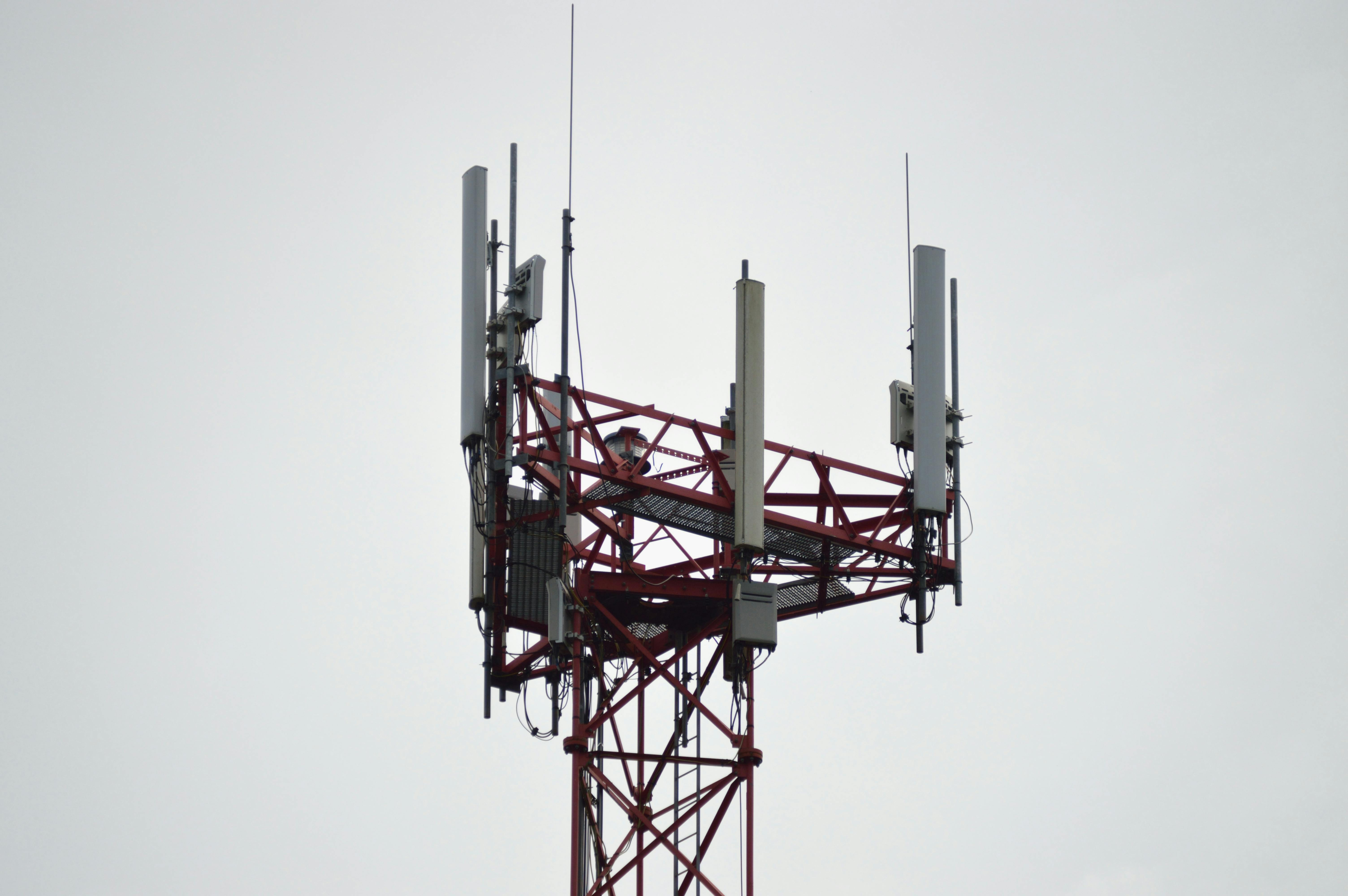For thousands of years man has dreamed of flying. Nothing has astounded people as flying machines in the last century and there is still more to come. However, what is even more amazing is the progress in personal flight toys. You can fly everything from a miniature helicopter to a 20 scale Cessna, which you can build yourself at home.
The most amazing thing about today’s RC planes is the fact that anyone can fly them, and some planes are very easy to fly. For example, I bought a $50 Hobby Zone plane and the controller had two controls, one that could steer the plane left or right and then the second was the throttle (speed) control. How can you be simpler than that!
As easy as it may be, it can still be difficult for beginners to get started in this hobby. Since I now have the knowledge that every beginner should know, since I was a beginner once, I wanted to share it with other people so that everyone can enjoy the hobby of RC airplanes.
The first thing a beginner needs to know is their power sources. RC airplanes can be powered by electrical power or an engine that runs on fuel called nitro methane. This is very important when deciding to buy your first radio controlled airplane. You need some knowledge of both power sources, as both have their pros and cons. First, I would like to say that for all the beginners, I recommend an electric RC plane instead of a gasoline RC plane. Why? Because an electric plane is cheaper, like under $100, and much easier to operate. In fact, all you have to do is plug in the battery and press the ON switch. They are also much quieter and do not produce fumes into the air. Also, it does not require much maintenance apart from keeping it in a cool and dry place.
A gasoline powered RC airplane has its advantages, of course. If you are a realistic and authentic looking and sounding remote control airplane, then a gas powered airplane is what you want. A gasoline-powered RC plane is larger and bulkier than an electric R/C plane, making it more scalable and realistic. It also sounds like a real plane, and is just like a real little miniature plane, as the engine requires fuel, tuning, and other adjustments. These types of planes cost a little more and take longer to assemble. Also, they require much more maintenance and you have to keep spending more money as you need special fuel, oil and some other small accessories.
Now that you have a pretty good idea of what kind of plane you want to buy, let me help you get it up and running and teach you some tips and tricks you’ll find useful in the airfield.
If you have never flown a model airplane or a real plane before, you may have some trouble taking off, flying, and landing. The first thing to remember is that you need a good open field to fly, unless of course you have a slow flyer or park flyer, which can be flown in small areas like indoors or parks. A good local airfield can be located online by searching through a search engine, such as Google, for a local club. Flying fields always have a club, and they are usually full of friendly people who are willing to help you learn.
Most of these clubs have flight instructors who will help you for free or charge a little money. Either way you will have a guide that can teach you a lot. You can also be sure that if something goes wrong with your plane, there will be people who have the knowledge to fix it.
Another way you can learn to fly is of course to teach yourself, but that can be expensive if you crash a lot. If you’re going to teach yourself, I’d suggest starting with a cheap $50 electric RC plane that only has left and right rudder control and throttle control. These types of aircraft can take off from a flat surface or can be easily launched into the air by hand by applying full throttle.
After you start, there will be nothing to stop you and the rest will come naturally. There are still a few other much-needed accessories that I suggest no beginner should go without. Like a good RC plane book, a field box, a car charger for an electric plane, and extra batteries for your transmitter. With all these tips in mind, start your flying experience off right and keep the wind at your back.
Copyright 2006 Michael Cottier



